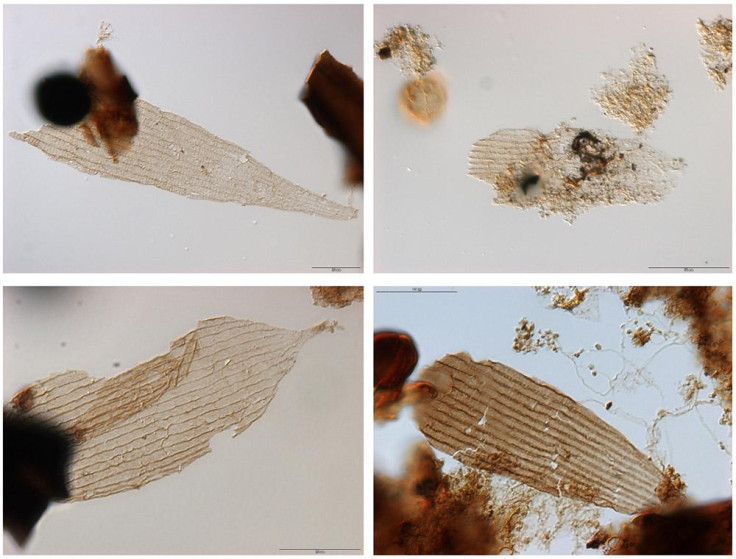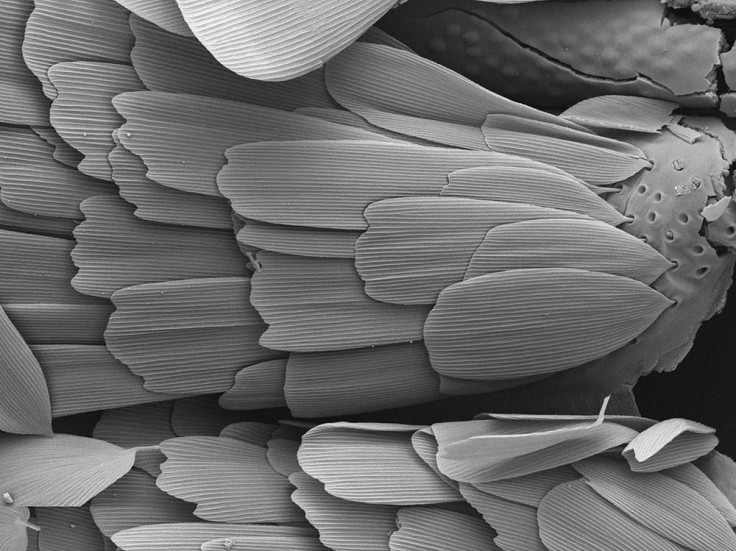200-million-year-old fossils reveal how early butterflies thrived before the first flowers appeared
According to oldest fossils studied to date, flowering plants appeared around 130 million years ago.

Butterflies are thought to exist alongside flowers, sucking nectar from them as part of a beautiful rule of nature. However, a new discovery from a group of researchers at Utrecht University defies that rule and suggests the butterflies thrived several hundred million years ago, way before the first flowering plants came to be.
Researchers, Timo van Eldijk and Bas van de Schootbrugge, have discovered the oldest known fossil remains of moths and butterflies, dating back to more than 200 million years ago -- the time period marking the end of Triassic and the beginning of Jurassic era.
The golden-brown wing and body scales suggest the insects, belonging to a group called Lepidoptera, would have thrived around the early dinosaurs, with no flowering plants around.
According to oldest fossils studied to date, flowering plants appeared around 130 million years ago, 70 million years after the Triassic mass-extinction event or when these insects lived.
"The mass extinction event occurred at the end of the Triassic and was associated with massive volcanism as the supercontinent Pangea started to break apart," said van Eldijk who is also the lead author of the study published in journal Science Advances.
"As a result, biodiversity on land and in the oceans suffered a setback with many key Triassic species going extinct, including many primitive reptiles. However, one major group of insects, the Lepidoptera moths, and butterflies, appeared unaffected. Instead, this group diversified during a period of ecological turnover."
Interestingly, despite belonging to the time flowering plants did not exist, some of the moths and butterflies had proboscis – the tongue-like protrusions these insects use to suck nectar. The fossilised remains revealed signs of a proboscis, which has long been believed to have evolved with flowering plants.

This, as the researchers hypothesize, was likely used to feed on the sugary, sticky droplets non-flowering plants or gymnosperms produced to trap pollen from the air. As a report in BBC notes, gymnosperms were dominant during the Jurassic period, being the primary source of nectar for insects thriving at that time.
"This evidence has transformed our understanding of the evolutionary history of moths and butterflies as well as their resilience to extinction" van Eldijk added.
"By studying how insects and their evolution was affected by dramatic greenhouse warming at the start of the Jurassic, we hope to provide insight into how insects might respond to the human-induced climate change challenges we face today." Ultimately that will bolster modern conservation efforts to keep the insects safe from the effect of manmade climate changes.





















